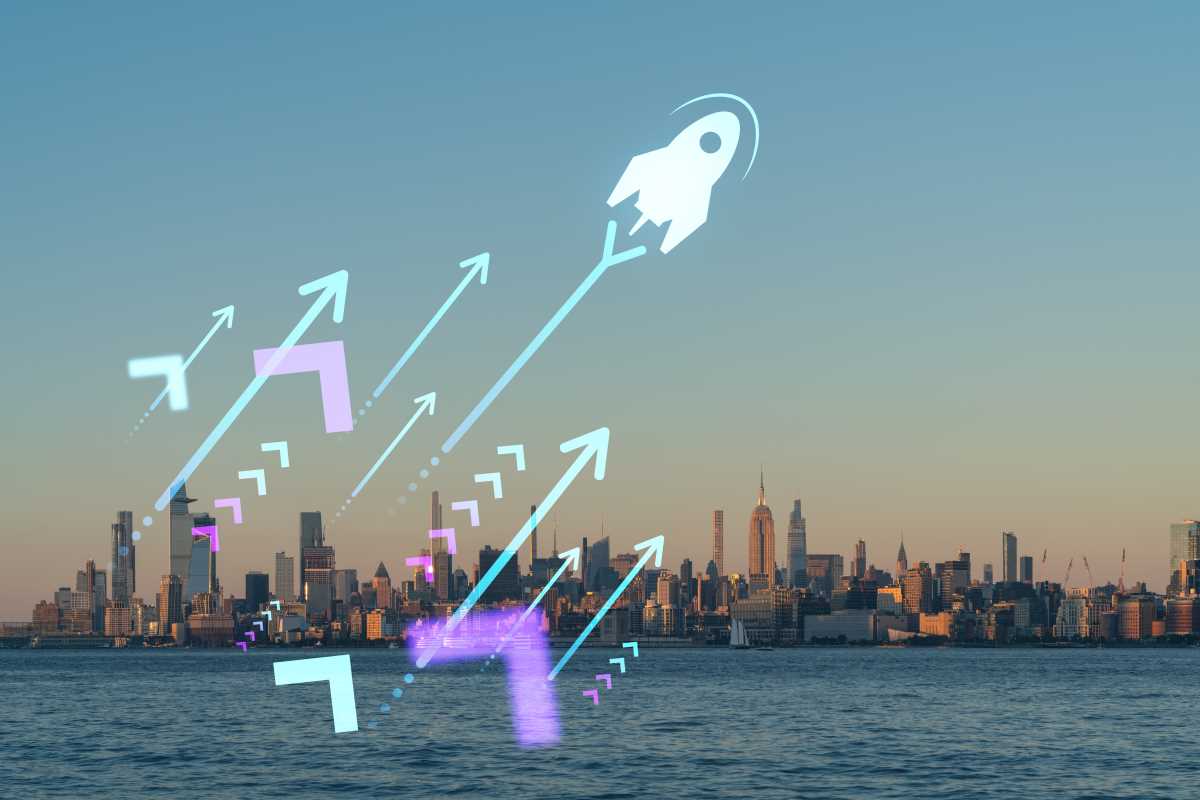Block parties, street fairs, and cultural gatherings offer brands unique opportunities to connect with people in meaningful ways. These local celebrations do more than provide entertainment—they allow companies to play a genuine role in the community’s everyday experiences. When a brand supports these events, it gains a chance to build trust and demonstrate its commitment to local values. Instead of relying solely on advertisements or product giveaways, brands create memorable interactions that resonate with attendees. Through active participation in neighborhood traditions, a company can show it cares about the things that matter most to the people it serves, forging lasting relationships beyond the event itself.
When a business steps into a neighborhood block party as an active participant rather than a sponsor logo on a banner, it redefines its relationship with residents. That transformation occurs when brands listen to local needs—whether that means shading a hot dance floor or amplifying a local artist’s performance. Through genuine engagement, a vendor’s stall can turn into a community hub, reflecting a commitment to shared experiences beyond brisk transactions.
Value Hidden in Community Celebrations
- Creating Interactive Learning Corners
- Goal: Improve brand perception through engaging skill-based instruction.
- Steps:
- Choose a hands-on activity tied to your product (e.g., stencil art for street art supplies).
- Set up a small, covered area stocked with essential materials.
- Run short workshops throughout the event.
- Cost/Metric: Under $300 per station; measure by attendance and social media shares.
- Insider Tip: Offer take-home mini-kits with brand-logoed tools to encourage post-event experimentation and continued brand engagement.
- Setting Up Acoustic Storytelling Spaces
- Purpose: Connect brand identity with emotional stories and community heritage.
- Steps:
- Partner with local cultural groups to select performers.
- Build a minimal, open-air stage with subtle branding.
- Promote the schedule online before and during the event.
- Cost/Metric: ~$500 for PA system rental; track live audience size and social media mentions.
- Insider Tip: Gift performers branded water bottles or eco-friendly swag to show appreciation and encourage organic promotion.
- Pop-Up Community Feedback Walls
- Goal: Show authentic interest and gather community-driven insights.
- Steps:
- Place modular whiteboards or chalk walls in high-traffic areas.
- Provide colorful markers and prompts aligned with your brand’s mission.
- Encourage participation and capture quotes with help from onsite staff.
- Cost/Metric: Under $200; success measured by number of unique entries and post-event engagement.
- Insider Tip: Photograph standout contributions (with consent) and share them on social media, tagging participants to spark conversation and brand reach.
Creating Genuine Brand Relationships
Engagement becomes deeper when brands incorporate local flavor into their activation. Instead of standard giveaways, offer items that reflect neighborhood identity—like a limited-edition tote printed with a mural by a nearby artist. Select elements that inspire pride and conversation rather than clutter. This authentic approach encourages people to talk about the brand as a partner in community expression.
Working with local vendors increases the impact. Brands can curate market sections dedicated to micro-entrepreneurs whose products align with their values. By covering stall fees or co-creating display platforms, a company supports small business owners directly. These actions signal a long-term commitment instead of a one-time sponsorship, positioning the brand as a valued member of the local scene.
Practical Tactics for Festival Support
- Managing Registration: Simplify Entry Points
- Goal: Minimize wait times and position the brand as an experience enabler.
- Steps:
- Implement zoned wristbands with QR codes for mobile check-in.
- Train brand ambassadors for fast scanning and troubleshooting.
- Analyze scan data to identify peak times.
- Cost/Metric: ~$0.15 per QR wristband; measure average wait time reduction and guest satisfaction scores.
- Insider Tip: Offer express check-in for returning attendees in exchange for a quick review of last year’s festival highlights.
- Guiding Guests with Interactive Wayfinding Stations
- Purpose: Reinforce brand presence through helpful navigation support.
- Steps:
- Set up branded kiosks with maps, arrows, and event highlights.
- Equip staff with tablets for real-time assistance.
- Update maps to reflect live schedule changes.
- Cost/Metric: ~$100 per kiosk; measure inquiries per hour and drop in lost-guest complaints.
- Insider Tip: Highlight “hidden gem” spots to spark discovery and social sharing.
- Onsite Sustainability Booth: Reduce Festival Footprint
- Goal: Align the brand with environmental care and community values.
- Steps:
- Offer hands-on waste sorting demos with color-coded bins.
- Share tips for reducing single-use waste.
- Distribute branded reusable utensils or bags.
- Cost/Metric: <$400 for swag; measure diverted waste volume and redemption rate of reusables.
- Insider Tip: Use a simple points system to reward sorting accuracy, redeemable for perks like snacks or booklets.
- Mobile Charging Lounges: Extend Guest Engagement
- Purpose: Provide value while embedding the brand into the guest experience.
- Steps:
- Set up a lounge with branded cushions and phone charging lockers.
- Supply multi-device cables.
- Staff a welcome desk for locker use support.
- Cost/Metric: ~$800 for tent + lockers; measure average dwell time and hashtag use in lounge selfies.
- Insider Tip: Diffuse a subtle scent tied to your product to create a branded sensory memory.
- Mini Workshop Series: Hands-On Branding Opportunities
- Goal: Strengthen brand connection through interactive learning.
- Steps:
- Host quick 15-minute sessions relevant to your product (e.g., eco dyeing for apparel).
- Schedule with clear signage and regular intervals.
- Offer takeaway templates or digital kits for continued engagement.
- Cost/Metric: ~$250 per session; track signups and follow-up digital interactions.
- Insider Tip: Post short video clips of workshops within an hour using festival hashtags to amplify reach.
Assessing Actual Community Impact
After the event, measure success by combining data from scans with feedback from attendees. Compare wristband check-ins with online sign-ups and social media interactions. Pay attention to guest comments about activation zones and identify recurring themes through sentiment analysis tools. This combined approach helps you understand what resonated and where to improve for future festivals.
Deploy short mobile surveys at key moments—such as exit lanes or when guests leave the charging lounge. Offer incentives like exclusive digital content or discount codes. Use these insights to refine your activation strategies, turning each festival into an ongoing experiment for better engagement and stronger community bonds.
Building Long-Term Community Alliances
Go beyond annual sponsorships by investing in multi-phase projects like youth art programs that build toward local festivals. Form advisory councils with residents and small businesses to align efforts and respond to real needs. Through consistent engagement and shared initiatives, brands become trusted partners in cultural growth and community well-being.
 (Image via
(Image via





